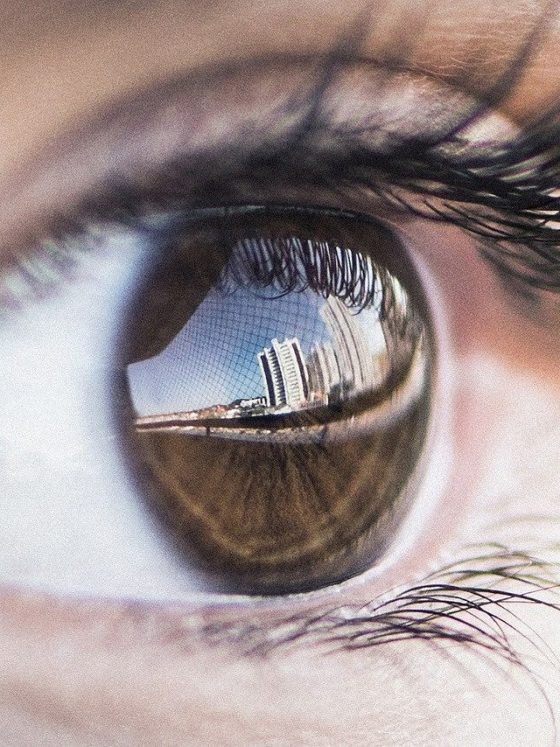There is life before and after the appearance of the global coronavirus pandemic. Our physical world has increasingly transformed into a virtual environment, pointing to what the future holds in store for us.
Work, friends, studies, community life—everything is taking on a virtual dimension. How will this affect our interpersonal relations, emotions, and performance? It can affect our lives positively if we use the new technological reality to deepen and enhance our human connection.
America has become a working-from-home economy with around 42 percent of the U.S. labor force is now working full time remotely as a consequence of the social distancing measures, according to a recent study by Stanford University. The remaining workforce are either essential service employees working on their premises or people who have been laid-off due to COVID-19’s economic meltdown.
“The depth of the feeling and intensity of the new virtual connections will nurture the development of new dimensions in our emotions also. Those already experienced in virtual communication know that sometimes it is precisely in this new kind of connection that one is able to actually express deeper emotion than with physical contact.”
The shock waves unleashed by the pandemic continue to hammer the entire world and will change our mindsets forever. The lifestyle we were used to has come to a standstill and staring at our screens now substitutes face-to-face contact. Without our current communication technology, the world would have been thrown into a disruptive global period of isolation.
As we deepen our exploration of virtual communication, we will discover that the new virtual reality is much more practical and economical than the old. Employers can drastically reduce costs while employees can become more efficient and productive. During one day a person is able to virtually meet many more people from far-flung locations, hold meetings, brainstorm, share documents, and execute many other important tasks. The virtual workspace saves travel in traffic jams, nerves and accidents, in addition to the environmental benefits of reduced fuel emissions.
But let’s think for a moment: Isn’t there something missing from a virtual engagement compared to a physical encounter? Through the screen we cannot smell the perfume of the person in front of us or be impressed by luxurious items worn by the person, for example. All of the external trappings become superfluous, irrelevant to our contact.
The depth of the feeling and intensity of the new virtual connections will nurture the development of new dimensions in our emotions also. Those already experienced in virtual communication know that sometimes it is precisely in this new kind of connection that one is able to actually express deeper emotion than with physical contact because in a virtual connection people feel safer and can therefore express themselves more freely. In addition, the very knowledge that we are communicating remotely for a limited time can increase the commitment that both parties feel to the meeting, as well as the desire to invest more in it.
Many additional activities can also be carried out in a virtual community life—gatherings, classes, games, and more. With an open mind one can discover within the virtual dimension new opportunities that do not exist in physical engagements.
Although we are in a transition period and concerns naturally arise, over time we will get used to the virtual connection and will not feel that something is missing in it. Virtual connections will gradually spread in all directions—virtual learning, virtual physical activity and more—will be done through the computer and we will feel that we are truly immersed in shared experiences.
Over time, virtual connections will also change us significantly. Gradually, our focus will be focused more and more on the thoughts raised by the person in front of us—on his ideas, desires, plans—and less on his external appearance. As the relationship with the person deepens, his inner image will be revealed in us, and even if we meet physically and discover that he looks different from what we expected, it will not change our impression of him since we had already connected to his inner richness, his special qualities.
In this new virtual world, we will develop an inner vision and an inner feeling of others. We will ascend to a higher dimension of life where we will detach ourselves from the physical form of people and connect to their inner essence. Such a level of connection will fill all the voids and lacks missing from our social life and the world we experience will simply feel much better.
We will sense the inner essence of each and every person and communicate with each other in heart and soul. Every individual in society will feel that he can connect with others in the most internal possible connection, and this will give us a feeling of unlimited bonding by which we will be able to break all the boundaries of perception. In this way, we will break away from all the restrictions we feel today and reach the highest possible state. We will finally use virtual connection not as the end goal, but as the gateway to transcend to the more meaningful human relations of love and unity.











